This article contains spoilers for Star Wars Jedi: Fallen Order and Star Wars: The Last Jedi.
“The greatest teacher, failure is.” Yoda’s final piece of wisdom from his brief scene in Star Wars: The Last Jedi has stuck with me ever since that magical opening night screening of Rian Johnson’s highly divisive Star Wars film.
I loved Episode VIII right away and my feelings haven’t changed, but I’m not here to discuss why it’s good or bad. More than five years have passed, and everyone has their feet firmly planted in their respective camps. Instead, I wanna chat about how Respawn Entertainment’s Star Wars Jedi: Fallen Order was cut from the same cloth as The Last Jedi.
First of all, a disclaimer: I don’t think the writing team behind the surprise hit video game was in the know about where the sequel trilogy was going (and they certainly didn’t have enough time — less than two years between releases — to react to The Last Jedi on a basic story level), so the likeness probably stemmed from a similar understanding of the franchise’s core values and recurring thematic beats.
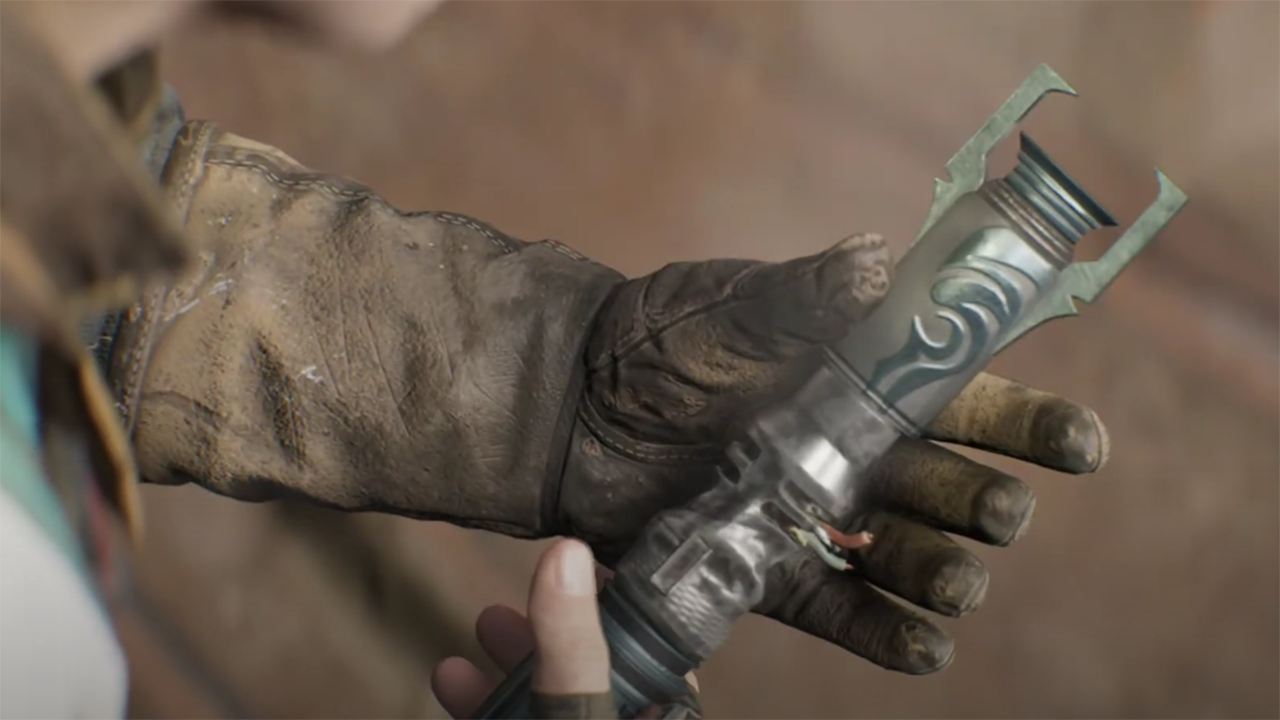
Among other things, Star Wars has always dealt with failure and how we react to it. It’s not just about fear and compassion. Sometimes, we fuck up. It’s all part of an imperfect learning process. Of course, every person is a whole galaxy (pun intended), and the context is never twice the same. In late 2019, I was still at the bottom of my academic hole (a situation that, ironically, would change with the COVID pandemic), so Fallen Order hit hard.
On a surface level, it was this exciting fresh take on third-person Jedi-centric action and adventure. Moreover, the story felt as compelling as the roster of new faces. But what made it one of my top three favorite Star Wars stories from the Disney era was how earnest and poignant it felt at every turn. George Lucas’ spirit was captured perfectly, and much like the prequels, Respawn tried really hard to expand the galaxy and introduce new elements despite the many constraints of the (overdone) Imperial era of Star Wars storytelling.
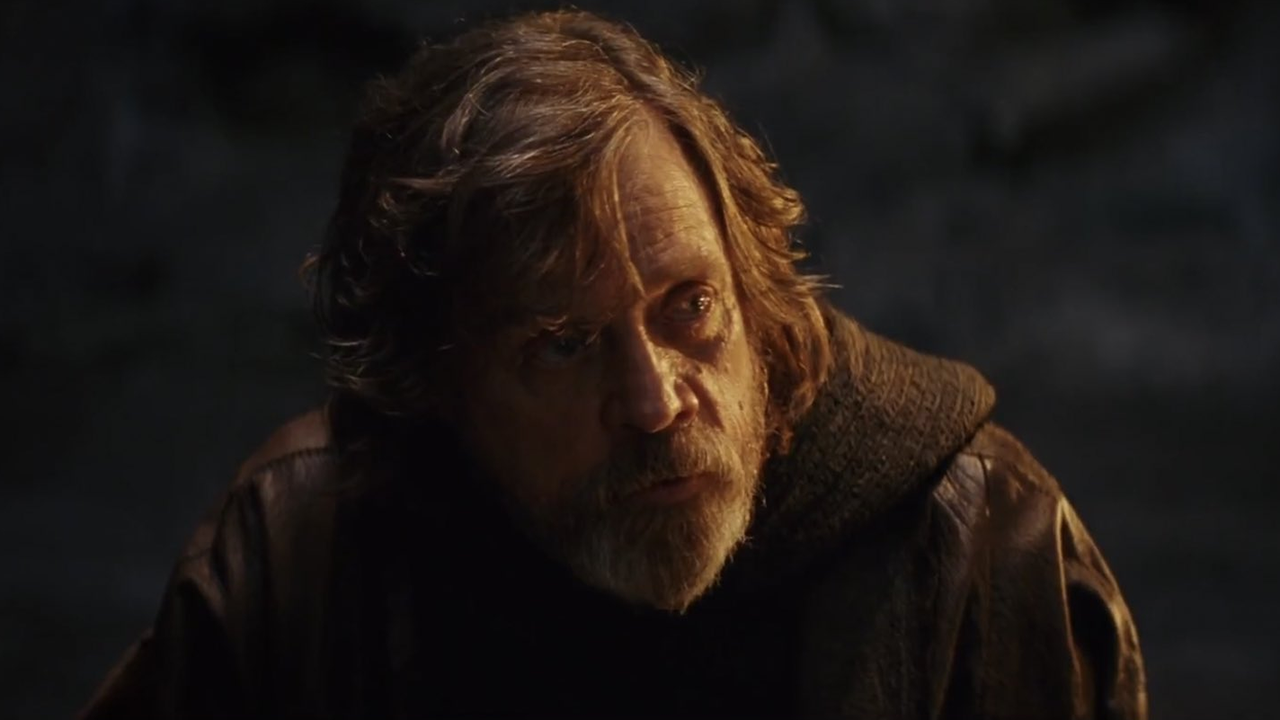
It wasn’t until I replayed it recently — ahead of the upcoming Jedi: Survivor — that it struck me how closely Fallen Order swam to The Last Jedi, in its sincere reevaluation of the past and, more importantly, the idea of rising above past failures. The big realization was double; it explained why I loved it nearly as much as The Last Jedi and why I felt so moved by it during an emotionally rough patch in my life. I didn’t give it much thought back in 2019, but it all has clicked together more than three years later.
The Luke Skywalker we find in The Last Jedi is anything but a shining beacon of hope. Instead of being forever frozen in time as this perfect Kenner toy figure, he feels like a former hero who has seen and done tons of things in the 30 years since Return. Losing the next generation of Jedi after losing his nephew first has taken a toll on him. In short, he’s depressed as shit when Rey (still “of Nowhere”) shows up on Ahch-To. And so is Cal Kestis when Fallen Order begins.
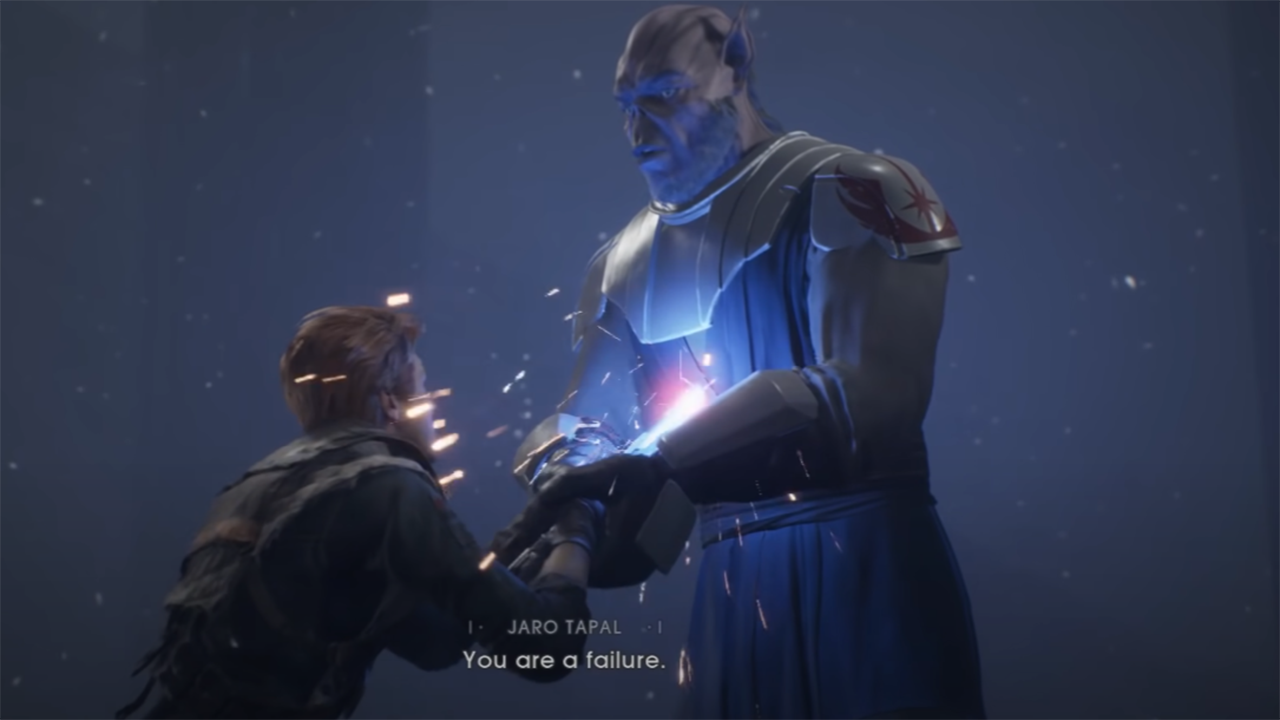
Mind you, Cal isn’t responsible for Order 66 and the subsequent destruction of (almost) the entire Jedi Order right before Luke was born, but he has tortured himself for years over the heroic sacrifice of his Jedi Master, Jaro Tapal. He’s not alone on Bracca when the call to adventure knocks on his door, but he’s definitely self-isolated when it comes to his thoughts. Furthermore, he has shut the door on his past so hard that he cut himself off from the Force… much like Luke after Ben Solo’s fall to the Dark Side.
Obi-Wan Kenobi and Yoda, like many other Jedi, also went into hiding and felt quite pessimistic about the whole Empire thing until the Force put the pieces together and started a chain reaction of events. That’s why the complaints about Luke turning his back on the galaxy always felt weird to me. You don’t stop growing as a person in your twenties, much less when you’re carrying such a heavy burden and responsibility — rebuilding an institution that maybe shouldn’t be rebuilt, or at least not in the same way as before.

Cal and Cere Junda, another troubled Jedi survivor also cut from the Force, are faced with the same question: Is retreading the past the right move in the face of relentless evil born from that same past? Ultimately, their answer is negative, and the quest to find the holocron containing a database of Force-sensitive children ends with the MacGuffin getting sliced in half. The Empire won’t find them, but neither will our heroes. Not yet. Not them.
A new future for the Jedi goes through figuring out what went wrong in the first place. By the time Fallen Order ends, Cal and Cere have escaped the shadow of their past failures and accepted they can find a new path forward, but that takes time — and I’m certain that Survivor, as the second part of a larger arc, will be all about charting said path.
As for Luke, he finds the inspiration to return to the fight in Rey, a new hero who is willing to think outside the box and make mistakes, as he once did. The Jedi Master, occupying the same spot as his mentors decades ago, gets a ghostly reminder of what happened before and how he used to act in the same way as Rey. We can always grow after stumbling in the dark. It’s happened before. We just need a little push after some time of reflection.
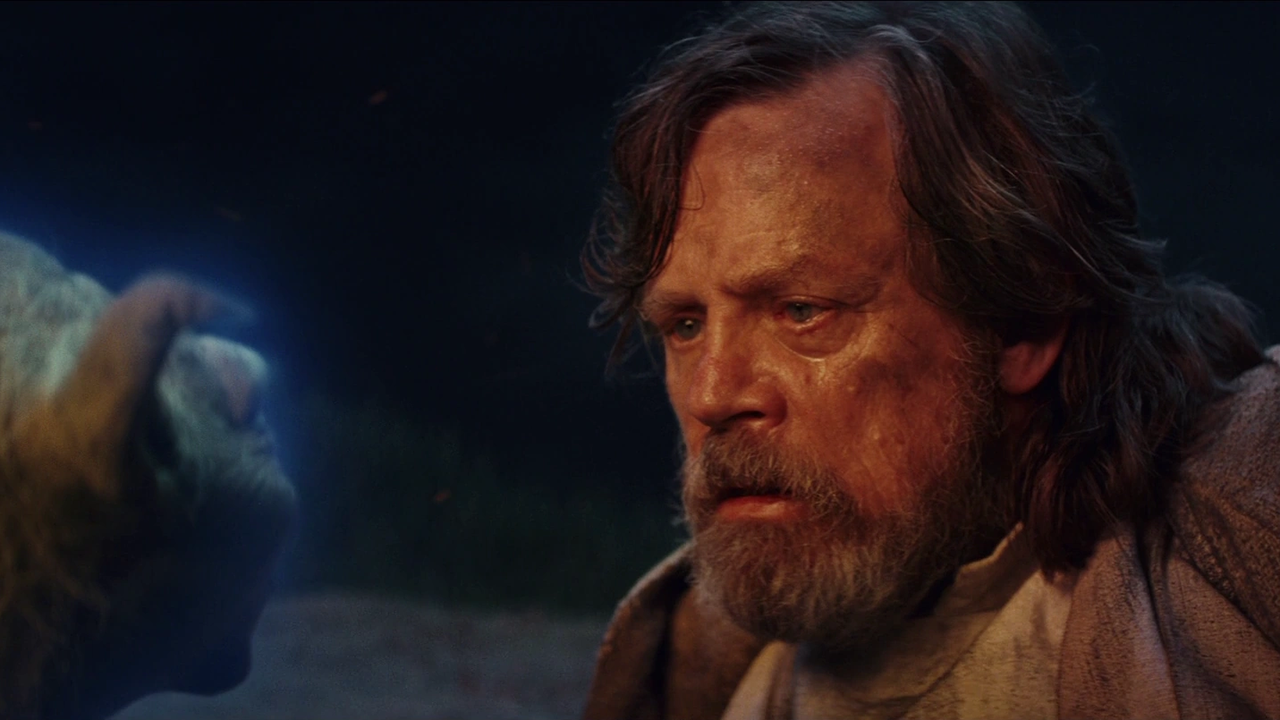
Fallen Order offers a new path to Merrin, the last Nightsister on Dathomir, as well: joining two Jedi who are re-learning to navigate the galaxy and who they are. Much like them, she survived a genocide and wandered alone without a purpose for years. In her case, she felt that abandoning her home planet was a betrayal of her sisters’ memory even though getting revenge on their killer (General Grievous) was impossible at that point.
Only a revitalized Cal – playing the Rey / young Luke role at this point in the story – manages to snap her out of mourning and inaction. “Nightsisters and Jedi do not travel together but… Survivors. We adapt.” (We should’ve seen the sequel’s title coming). On a literal level, this also connects directly to the main developments we’re seeing in The Mandalorian and how that series is presenting Grogu as the new bridge between the Jedi and the orthodox Mandalorians, two factions with a long and difficult past. I could fill another whole article discussing those ideas (who knows, maybe I will…), but a quick comment on these unlikely alliances made sense here.

Outside the in-universe narrative, Fallen Order felt like a second chance for EA too; everyone knows its two rebooted Star Wars Battlefront games didn’t initially land nearly as well as expected. By the time Respawn’s single-player project launched, 2017’s Battlefront II was in a much better place, but even then, fans needed to see an entirely different game that felt like a course-correction. Now, we’re experiencing a resurgence of the publisher with a string of releases that seemed impossible a few years ago. Respawn brought EA the Star Wars optimism it desperately needed. In fact, it appears the developer is the company’s Luke Skywalker now. It’s like poetry — it rhymes.

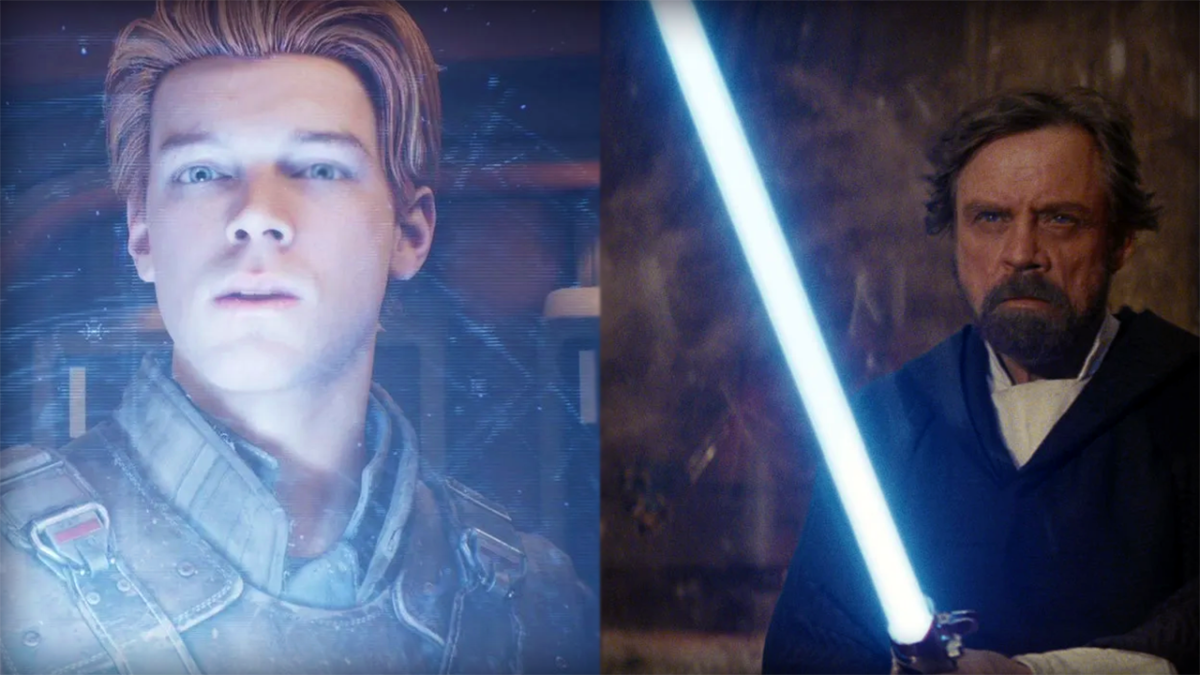



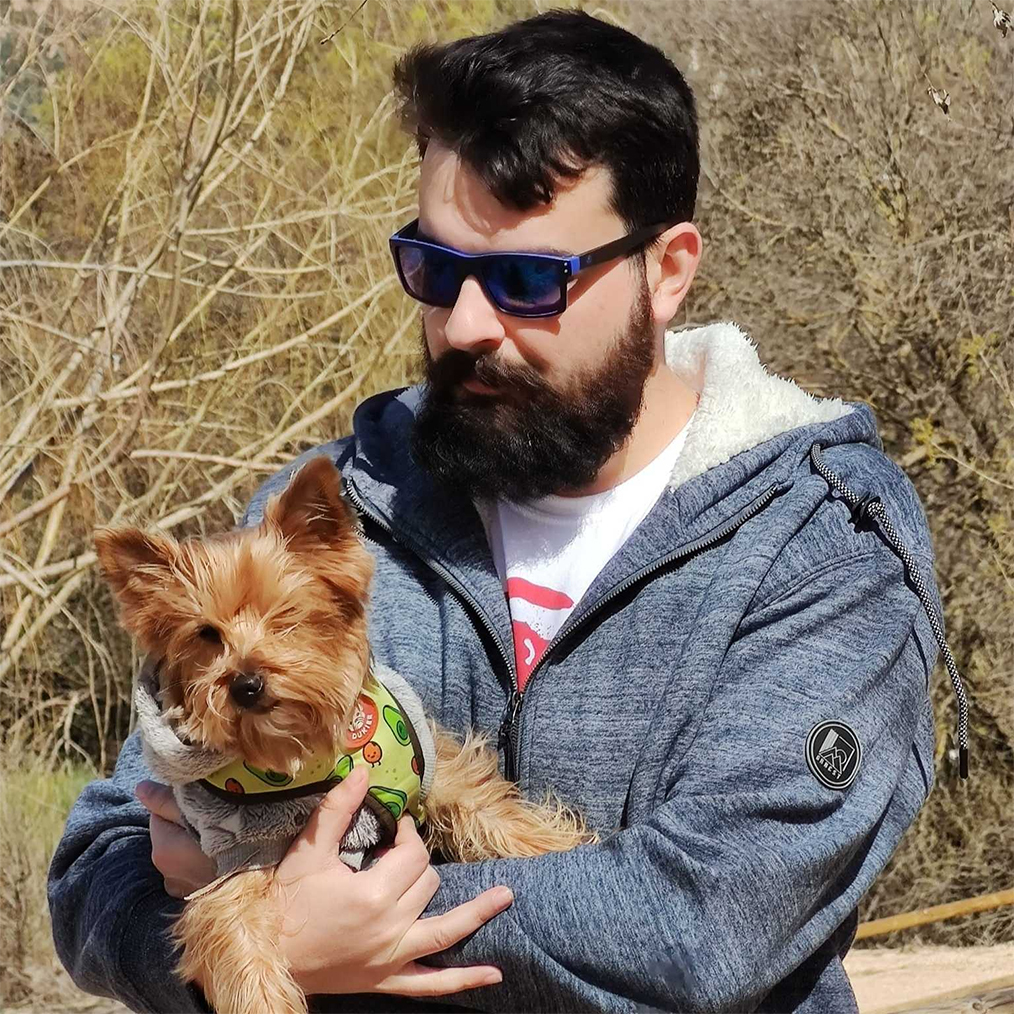
Published: Mar 28, 2023 12:56 pm